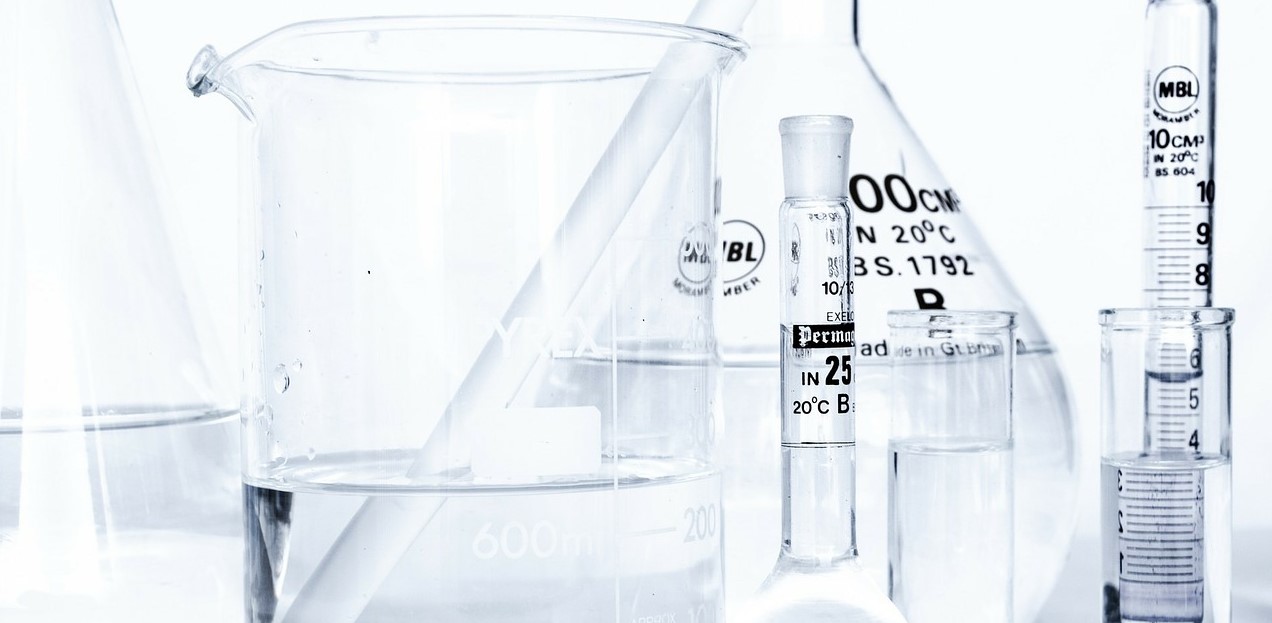The Genesis of the “Brain-Eating” Amoeba
Publication Title
Answers in Genesis
Publication Date
6-19-2019
Major
Biology
Faculty Mentor
Dr. Alan Gillen
Disciplines
Biology
Citation
Gillen, A.L., Augusta, J., & Schneckenburger, K. (2019). The Genesis of the “Brain-Eating” Amoeba. Answers in Genesis. Retrieved from https://answersingenesis.org/biology/microbiology/the-genesis-of-brain-eating-amoeba/
Abstract
The Creator made all creatures, including amoebas, with variation and plasticity in their genome for global differences of climate, terrain, and environment. God made all creatures to multiply and fill the earth. Diversification and speciation from the original kind would be normal even in a perfect world. Naegleria fowleri is a global amoeba pathogen that is the causative agent of primary amoebic meningoencephalitis (PAM), thus termed “brain-eating.” Many people are evidently exposed, based upon antibody levels, to this amoeba while swimming in warm waters. Only a small percentage succumb to the germ, but once invasion happens, only about 1% survive. Because it is such a devastating disease, most people do not survive the infection. This common pathogen is a free-living ameboflagellate present in very warm water during the summer time.
There is strong indication that the pathogenic N. fowleridifferentiated from the nonpathogenic Naegleria lovaniensis on the American continent, then migrated to Europe and the rest of the world. It appears there has been an overall loss of genetic information. Nonpathogenic N. gruberia (40.9 MB1) may have been closer to the original free-living amoeba “kind.” Over time, more than 10 MB of DNA may have been lost in the transition; then another 1 MB from Naegleria lovaniensis (30.8 MB) to N. fowleri (29.6 MB). Most of these N. fowleri types are found in thermally “polluted” water. This could also be an indication that prolonged heat spells create excellent conditions for rapid adaptation. It has been postulated that at the hot surfaces in thermally polluted water (46℃, or 115° F), competition would favor the pathogenic species; but it could also be that these hot surfaces give an excellent opportunity to N. fowleri to change into different types quickly. The genetic differences between a nonpathogen and pathogen are small: adhesion to host tissue and coding for stealth/entry from nose to the brain via the olfactory nerve seems to be only differences between the two closely related species. Pathogenic N. fowleri appears to have emerged from a prolonged heat spell and an adaptive mutation in recent times.
Rapid multiplication, diversification, and adaptation to prolonged changes to environments appear to be themes in the Creator’s plan for life after man’s fall into sin. Changes in these amoeboflagellates have occurred, but they are still amoebas.




Comments
Dr. Alan L. Gillen is a Professor of Biology at Liberty University. Coauthors Jonathan Augusta and Kurt Schneckenburger are students in the Department of Biology & Chemistry at Liberty University.
Acknowledgement: Funding for the materials (in part) were made possible by Provost Research Initiative grant.